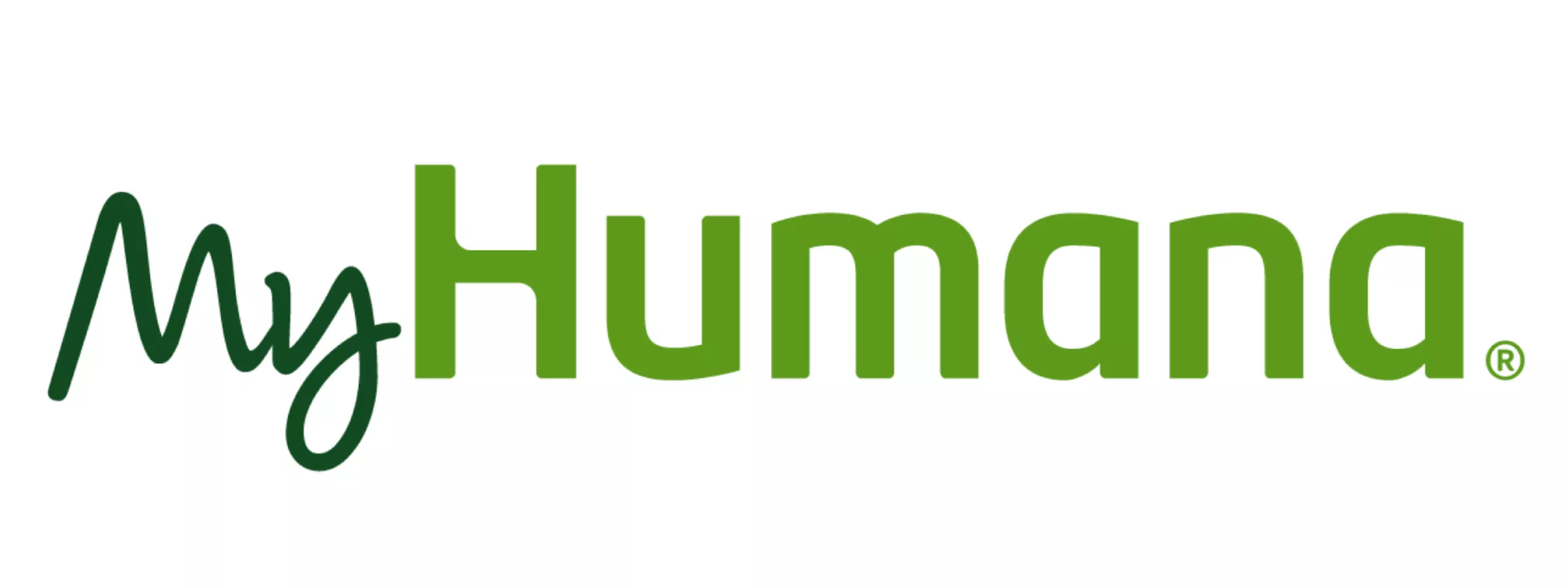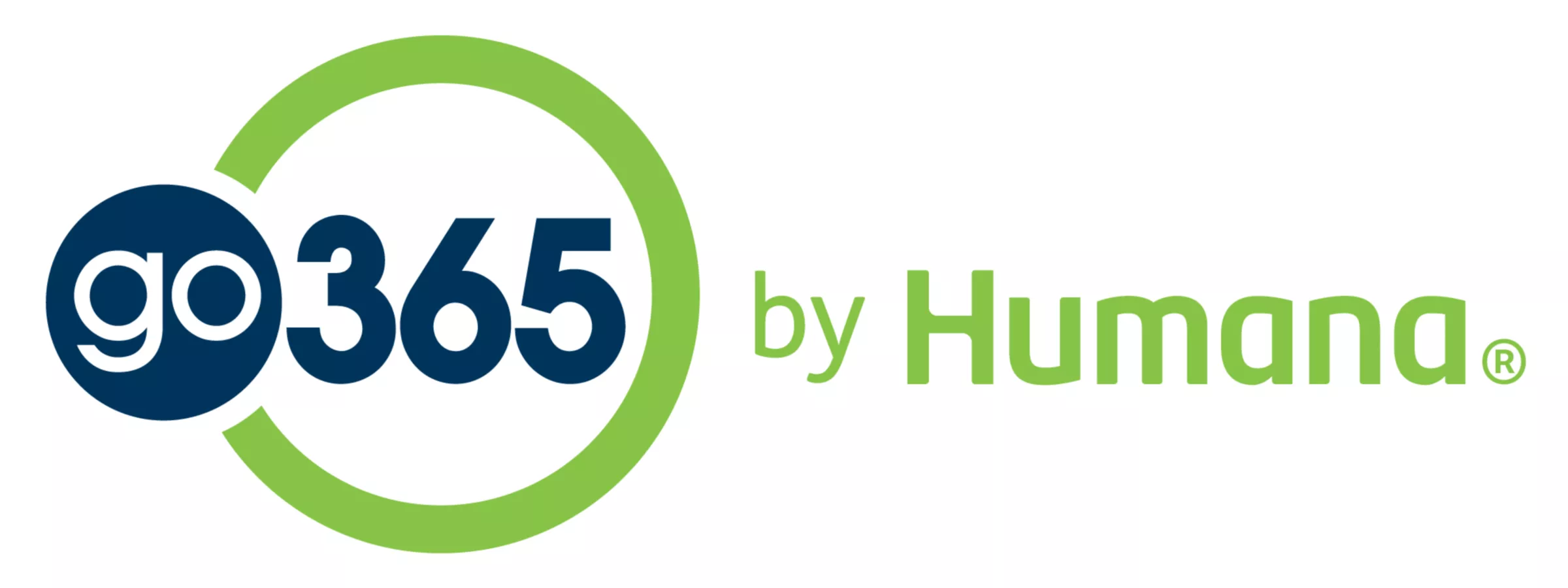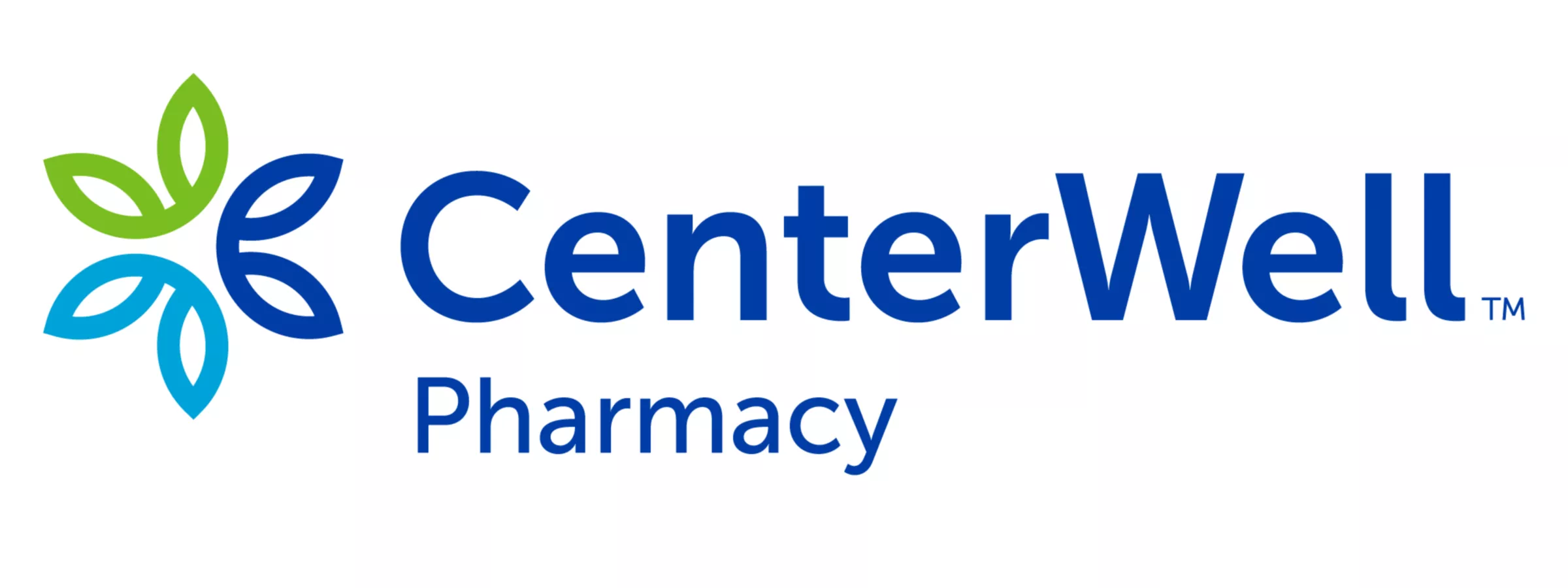Organizations need to offer more than high-quality products and services to attract and retain members. A positive experience is critical to building long-lasting relationships and fostering trust. That’s why Humana makes sure it delivers the benefits members value most, from dental coverage to prescription drug plans. This commitment to exceptional customer care is reflected in a number of industry accolades, including:
- Ranked #1 in customer satisfaction in the 2024 American Customer Satisfaction survey*
- Recognized as one of People Magazine’s 100 companies that care in 2024**
Similarly, unions go to great lengths to keep members happy and healthy. Using their collective bargaining power, unions ensure members have access to excellent healthcare benefits, higher wages and improved workplace conditions. A 2023 Gallup survey reveals that 50% of union members consider their membership in a union “extremely important,” up from 40% in 2022.2




